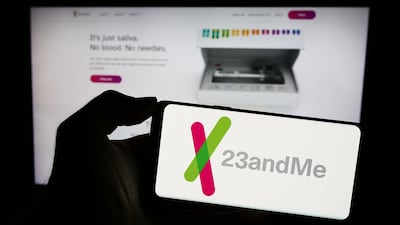We'll know that the technology for the endovascular repair of abdominal aortic aneurysms (AAAs) has finally arrived when clinicians start talking about treating the disease at early stages, to head off potential deleterious consequences--chiefly death --from unanticipated rupture. But today, because of the shortcomings of all treatment options, both surgical and endovascular, the tendency is to put off treatment until absolutely necessary; the watchword is, "watchful waiting."
An AAA is a weakened section of the largest artery of the body; blood pressure can make it progressively balloon out until it finally ruptures, in which case patients can bleed to death within minutes. Today, aneurysms aren't generally repaired until their risk of rupture outweighs the risks of treatments, and physicians, mostly vascular surgeons, face a complex decision-making process in determining when and how to treat patients with AAAs. Younger, healthier patients tend to go to surgery, since the long-term durability of implanted devices hasn't yet been demonstrated. Certain older patients get endovascular procedures, provided that they don't suffer from the many exclusions that come with the relatively new devices
Read the full article – start your free trial today!
Join thousands of industry professionals who rely on Medtech Insight for daily insights
- Start your 7-day free trial
- Explore trusted news, analysis, and insights
- Access comprehensive global coverage
- Enjoy instant access – no credit card required
Already a subscriber?







